The major cellular network providers (AT&T, Verizon, T-Mobile) have launched or are in the process of launching upgrades to their LTE networks that will enable the deployment of millions of new, previously impractical IoT solutions. LTE-M (aka CAT-M1) and NB-IoT networks are designed specifically for low-power, low-cost, low-bandwidth devices. By reducing the bandwidth, carriers can offer connectivity at increasingly lower monthly costs. Devices using cellular modules may cost as little as $1 monthly.
These new networks are the future of IoT. However, as this writing, many of these networks still have a lot of kinks to work out. Cellular module vendors are rapidly developing and lunching modules for these networks. These modules are all new and so is the network, so challenges launching a product on one of these networks are to be expected.
What to Do
1. Know your Module Vendor
When selecting a cellular module vendor make sure they have a good support network. With new network deployments, there will be a LOT of updates happening in the background. The cell providers will be making adjustments and so will the module vendors. It's important to understand the level of support you will get from the module vendor if your device happens to uncover a bug or incompatibility between the module and the network, or worse, between the module and a specific cell tower.
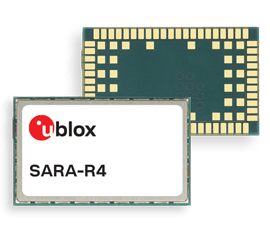
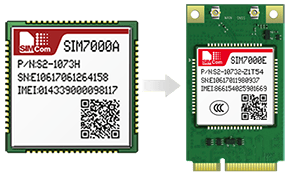
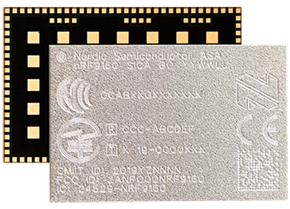
ublox SARA-R4 series, SIMCom SIM7000X, and Nordic nRF9160
2. Understand the Module Power Requirements
Most of these cellular module vendors provide a lot of marketing material about the low power requirements of their modules. These low power modules promise battery-powered cellular connectivity with years of battery life. It's true, these modules have very low average currents while operating. The important thing to understand is that they also have relatively high peak current demands, which means you need to select your battery and design your power circuitry carefully. You won't see any cellular IoT devices running on coin cells anytime soon.
Lithium Thionyl Chloride is popular cell chemistry for super long-life Wi-Fi or Bluetooth IoT devices, but most of the batteries made with this chemistry fail to provide the high peak current required by the cellular modules. Spiral wound Lithium Thionyl Chloride batteries use the same chemistry but provide higher peak current (by increasing the electrode surface area), however these batteries may still not meet the peak current demands.

Spiral wound Lithium Thionyl Chloride batteries
Instead, you may need to consider hybrid batteries like these from Xeno Energy which consist of a Lithium Thionyl Chloride cell and a parallel supercapacitor. The supercapacitor can provide high peak currents while exhibiting very low leakage. Although the cost is higher for this battery topology, it provides the performance needed for long life cellular IoT devices.
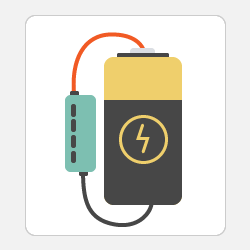
Hybrid battery
3. Test Your Module in a Wide Variety of Conditions
These modules contain closed-source vendor-supplied firmware. The operation of the module may not be fully documented. Part of your testing protocol should include adding attenuators to the cellular antenna (to simulate poor cellular reception) and observing how the module functions with reduced signal strength.
Modules draw significantly more average current when operating at this reduced signal level. Not knowing this ahead of time can be problematic, especially if your product advertises a minimum battery life expectancy. The actual battery life will largely depend on your connection to the cellular network. The total energy required to transmit a message from your device to the backend server can vary significantly depending on your signal strength and the number of retries required.
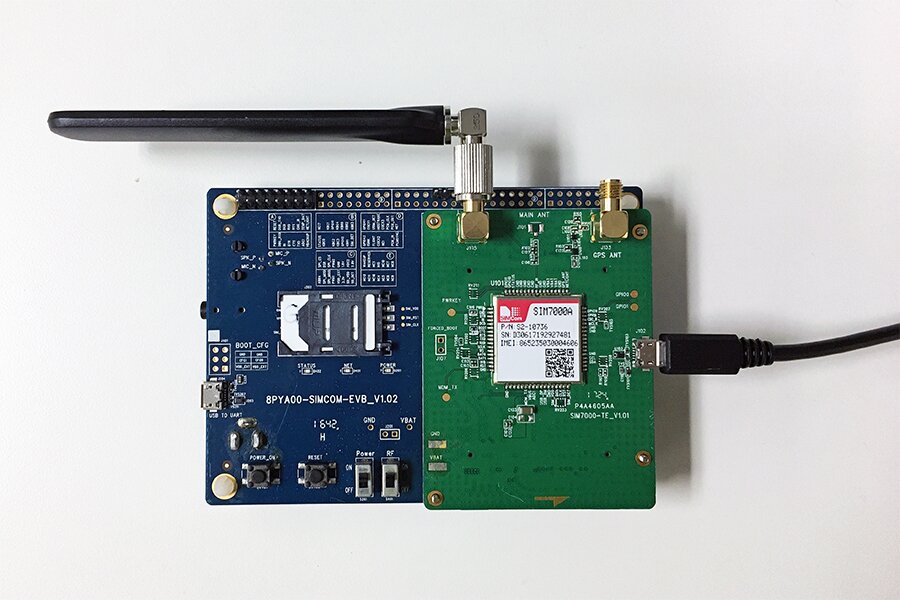
Add attenuators to the cellular antenna to test at a reduced signal strength
4. Expect and Plan Time for Network Issues
These networks are going to be great, but until they are fully stable your product launch is going to go slower than you hoped. Add extra time in your launch schedule to account for these unknowns and extend your engineering budget to account for the time required to work through these issues.
Keep in mind that different cell towers may contain different vendor hardware. Each of these vendors may be interpreting the CAT-M1/LTE-M specification differently and you may encounter situations where the firmware in your device performs better on some towers than others. If you encounter issues like this, move your device to a different location to see if it picks up a different tower and starts working. Eventually, these issues will be worked out by the carriers and module providers, but you should initially be prepared to work through these situations during your testing and product rollout.

The firmware in your device may perform better on some cell towers than others due to hardware differences
Learn more about DMC's IoT solutions.